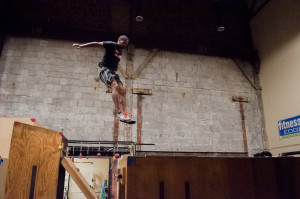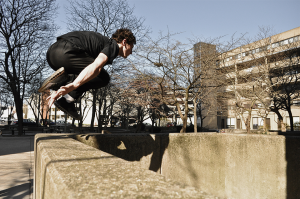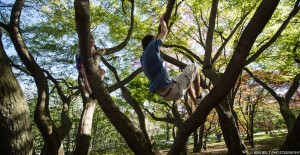2024 Price Increases – A Word from the Founder
Hello community members!
I’m writing to you today to discuss with you the pricing increases that are taking effect on August 1st.
Starting Aug. 1st, our drop in price will be increasing from $25 to $30.
We understand that no one likes hearing news like this, especially if you are one of our students or families that primarily take advantage of our drop in option as your preferred way to patron us.
So, I recorded a video explanation to provide some background, insight, as well as a more face to face interaction so that you can better understand why the increase is happening, what you’re getting out of it, and also to share some solutions and some fun bonus features of some exciting things happening as a part of our gym and our service offerings.
If you want to hear the background, feel free to watch the video. Otherwise, read on to hear about what options you have to save some money on our services, despite the drop in price increase.
Limited Time Offer – Class Packs!
To help soften the blow of this price increase, from now until the pricing changes go into effect on August 1st, you will be able to pre-purchase drop in classes via class packages that will sit on your account for up to a year.
There are two packs available:
10 Pack
- Purchasable Once
- Installment Plan Available
20 Pack
- Purchasable Once
- Installment Plan Available
These packages will allow you to lock in your current rate and pull from them when you see fit.
You will be allowed to purchase up to one (1) 10 Pack and one (1) 20 Pack, making the total possible drop ins that you can pre-purchase from this offer 30 drop ins.
If you start using them in August, and you purchase both packs, you will be saving $150 over the course of the year.
Installment Option
As a further special offer, for anyone who wants to make use of these packages and take advantage of the opportunity, but doesn’t want to be out the cash immediately, we have you covered.
There is an installment option available through the checkout process that will add a nominal fee for the convenience of splitting up the payments.

The 10 class pack installment will have a $10 fee, the 20 will have a $20 fee.
If you have any other questions regarding this price change, the packs, or anything else to share, please don’t hesitate to reach out and ask!
Memberships
I want to also point out, at this time, Membership prices are NOT changing. This includes both our non-renewing and auto-renewing options.
As a reminder of what these options are, please consult the pricing table below:
Kids/Youth
- 30 days
- 5 classes
- Discounted Training Time
- Limited to Kids/Youth Programs
All Access
- 30 days
- Unlimited classes
- Free Training Time
- Free Events
For those who didn’t know, choosing to opt-in to our auto-renewing plans not only get you an immediate $5 off, but also get you a free guest pass every single month, as well as access to family discounts (10% off, 30% off, and 50% for each additional membership).
If you have questions about any of these options, you can send us an email, text us at 585.449.6705, or send us a message through the Momence app and someone will reach out to you.
Thanks so much for being an integral part of our community! All of us here at RocPK are so proud to be surrounded by such amazing people.
Charles





















 “We know now that there is ‘method to our madness’ so to speak; parkour landings are safer for us to perform than traditional methods, but they’re unlikely to make us impervious to the potential consequences of sustained drops onto concrete. It’s important for the global parkour community – especially coaches, figureheads and organisations – to get behind this discussion and ensure that our mentoring practices and the language we use fits the situation at hand, because after all, we don’t yet know the truth about the long term affects of our landings.”
“We know now that there is ‘method to our madness’ so to speak; parkour landings are safer for us to perform than traditional methods, but they’re unlikely to make us impervious to the potential consequences of sustained drops onto concrete. It’s important for the global parkour community – especially coaches, figureheads and organisations – to get behind this discussion and ensure that our mentoring practices and the language we use fits the situation at hand, because after all, we don’t yet know the truth about the long term affects of our landings.”
